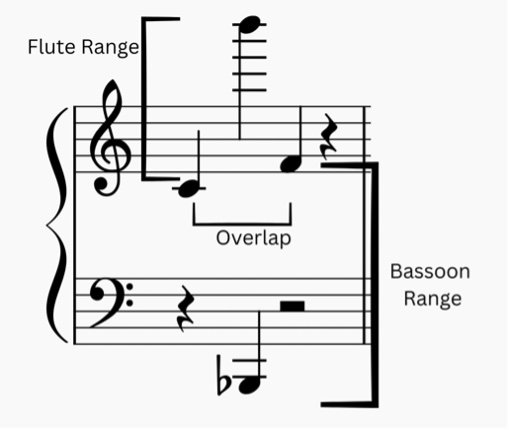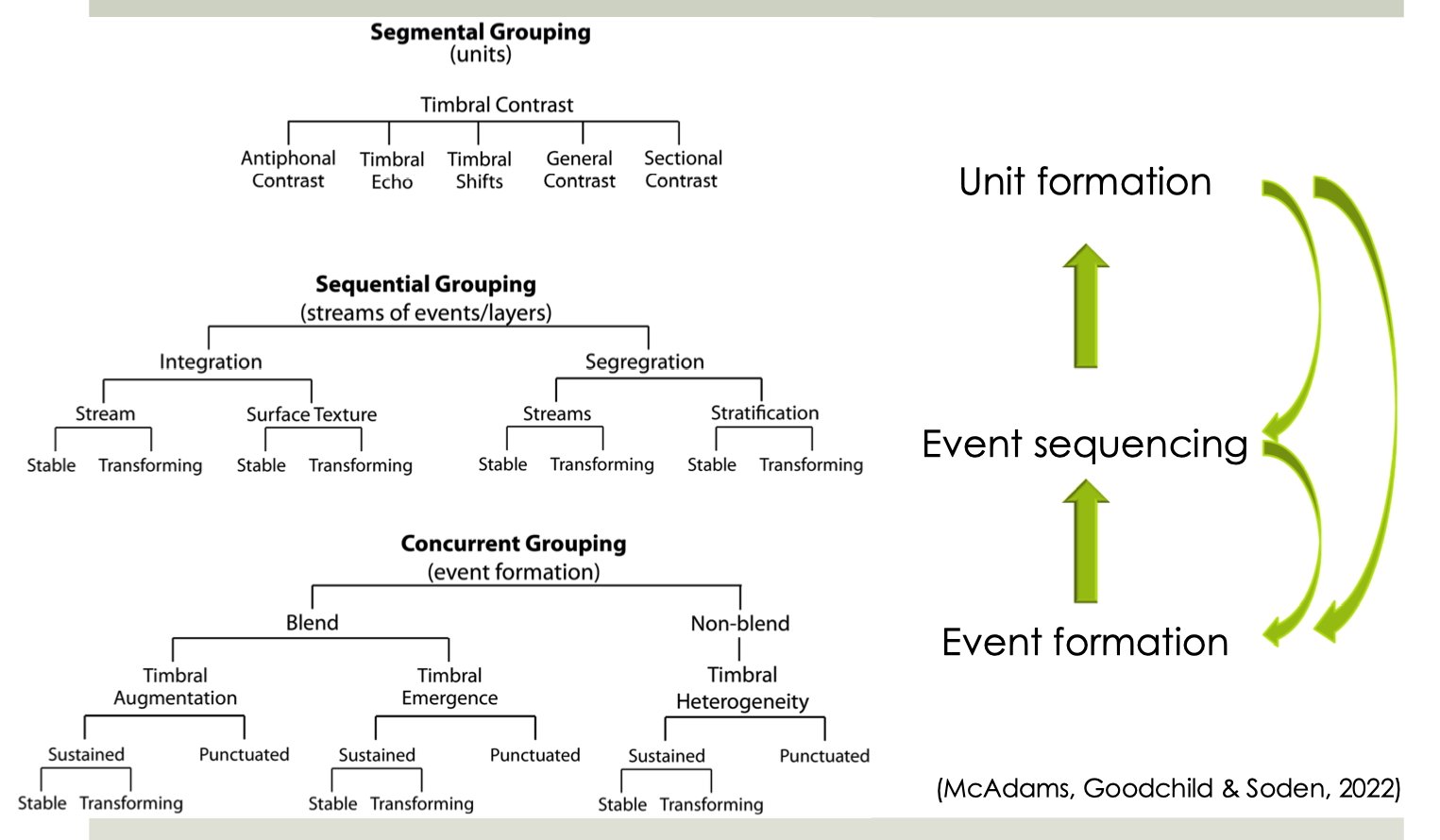Introduction | Subject 1 | ODESSA I
Perception of a Violin Section | Orchestral Distribution Effects in Sound, Space and Acoustics
This subject is from Tchaikovsky’s Symphony no. 6. mov. i, mm. 89–97. The goal was to examine differences between either a single violin, two violins, three violins, four violins, six violins, or the entire section.
Introduction | Subject 2 | ODESSA I
Study on Counterpoint and Energy | Orchestral Distribution Effects in Sound, Space and Acoustics
From: Tchaikovsky Symphony no. 6. mov. i, mm. 170–185, to study how counterpoint and orchestration are used as a way to enhance energy. Example A is the orchestration of just the string section, playing the thematic and motivic counterpoint Example B is the orchestration of just the woodwinds and brass sections Example C is the original tutti scored by Tchaikovsky
Introduction | Subject 3 | ODESSA I
Study of Counterpoint and Climax | Orchestral Distribution Effects in Sound, Space and Acoustics
Subject 3 is from Tchaikovsky’s Symphony no. 6. mov. i, mm. 284-304. The goal was to study the building of an orchestral climax and hyper-romantic counterpoint. Example A is the Winds (no fl), horn, trumpet, trombones, tuba, timpani: harmony+ counter-subject. Example B is the Flute, violin I, violin II, viola, cello: melody alone. Example C is the Tutti. Example D is the Tutti (extended section).
Introduction | Subject 4.1 | ODESSA I
Study of Counterpoint and Strata | Orchestral Distribution Effects in Sound, Space and Acoustics
Subject 4.1 is from Tchaikovsky’s Symphony no. 6. mov. i, mm. 305-313. The goal was to study orchestration strata and hyper-romantic counterpoint. Example A is the harmony only: Horns, Trombones, Tuba, Timpani, Viola, Cello, Contrabass. Example B is the contrechant only: Oboe, Clarinet, Bassoon, add Viola, Cella at m.309. Example C is the melody only: Flute, Violin I & II, add oboe (m. 311), add clarinet (m. 312). Example D is the original orchestration.
Introduction | Subject 4.2 | ODESSA I
Study of Poetic Affect | Orchestral Distribution Effects in Sound, Space and Acoustics
Subject 4.2 is from Tchaikovsky’s Symphony no. 6. mov. i, mm. 305-309. The goal was to examine how a poetic demand from the conductor can change the orchestra’s playing. Example A is the orchestra playing “normal. Example B is the orchestra playing like a “Bridge of Ice.”




















